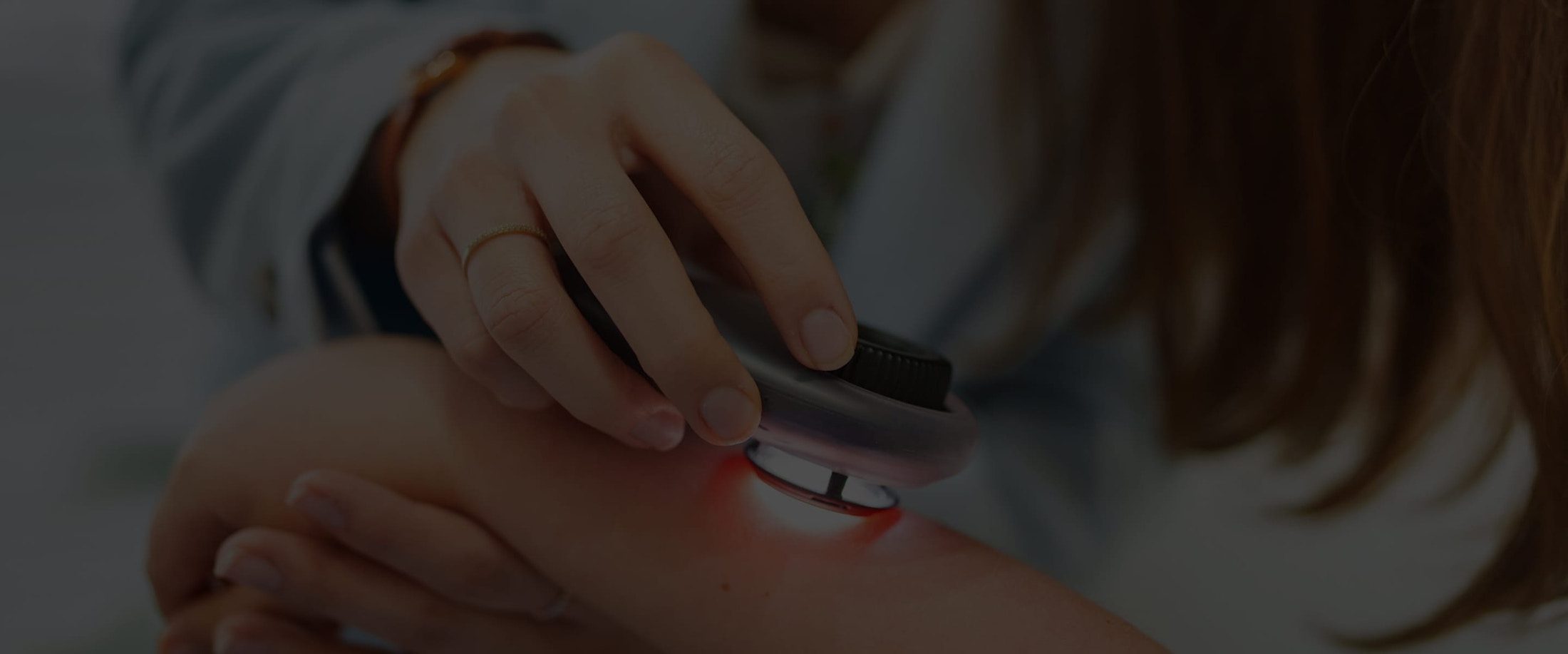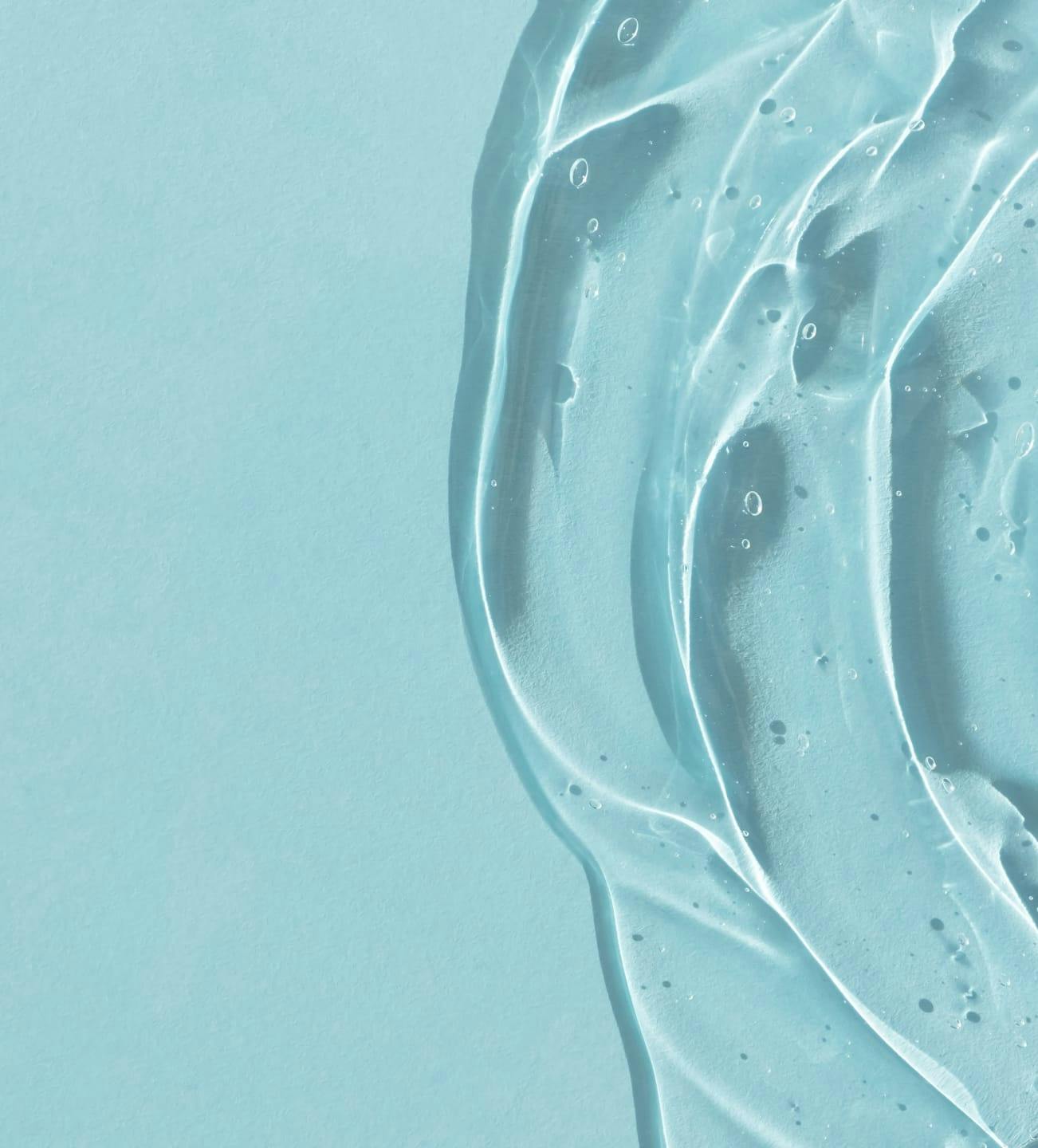Rejuvenize Peel
The Rejuvenize Peel® is the deepest of the SkinMedica peels, providing the most dramatic results possible while maintaining minimal irritation and moderate peeling lasting three to six days. This advanced treatment consists of a unique combination of alpha and beta hydroxy acids, resorcinol, and retinoic acid, as well as built-in anti-irritants and penetration enhancers. This is the perfect peel for anyone with moderate-to-severe sun damage, lines and wrinkles, pigmentation, melasma, acne, and scarring.
Illuminize Peel
The Illuminize Peel® is a safe lactic acid (LHA) peel that is gentle enough for most skin types. It helps treat mild skin imperfections and brightens the overall appearance of the skin.
Beta Peel
This safe, self-neutralizing, 20 percent to 30 percent beta hydroxy acid peel (BHA) is gentle enough for most skin types and is especially helpful for acne-prone skin but potent enough to improve and clarify fine lines. BHA is known for its benefits for treating acne, exfoliating, and stimulating cellular turnover to reveal softer and smoother skin. Salicylic acid is the most commonly used BHA. It has anti-inflammatory effects that can decrease erythema (redness) associated with acne. The beta peels are commonly used on the face, back, chest, and back of hands. Some dryness and redness are normal following a beta peel, but you may not experience any actual peeling.
Jessner Peel
This peel is excellent for all skin types. It smooths and rejuvenates the skin, producing beautiful results in treating acne, discoloration, moderate wrinkling, and sun damage. Peeling of the face, neck, hands, and upper chest is also quite effective. The Jessner Peel combines lactic acid, salicylic acid, and resorcinol to produce deeper penetration and greater exfoliation of the outer layers of skin cells. This deeper exfoliation can produce noticeable flaking three to four days after the peel. Within a week, a smoother, brighter, healthier layer of skin will be revealed.
TCA Peel
Trichloro-acetic acid (TCA) peels are medium-depth solutions that use high concentrations of trichloro-acetic, glycolic, lactic, and salicylic acids to achieve a variety of skin resurfacing and rejuvenation results. More aggressive than superficial and light peels, TCA peels and other medium-depth solutions penetrate through the epidermis layer of skin and into the dermis layer. Although recovery times are more extensive than lighter peels, the benefits are superior.
A TCA peel is a medium-depth peel used to remove fine lines and wrinkles, precancerous skin lesions, sun damage, and hyperpigmentation, as well as refine superficial acne scars. This treatment is performed by a doctor and requires a week at home to heal.
First, the Jessner solution is applied, followed by the TCA solution. This peel can result in moderate discomfort, as the skin will physically peel. For most people, visible peeling starts on days three and four after the TCA solution has had time to work on your skin. However, some people may peel earlier or later.
By day three, your skin will not be as red anymore, but you still have to be gentle with it. It will feel dry and look crepey until this top layer of dead skin peels off. You must baby your skin during this process and keep it well-hydrated. After about five days, once the top layer has peeled away, you may begin to wear mineral makeup.








